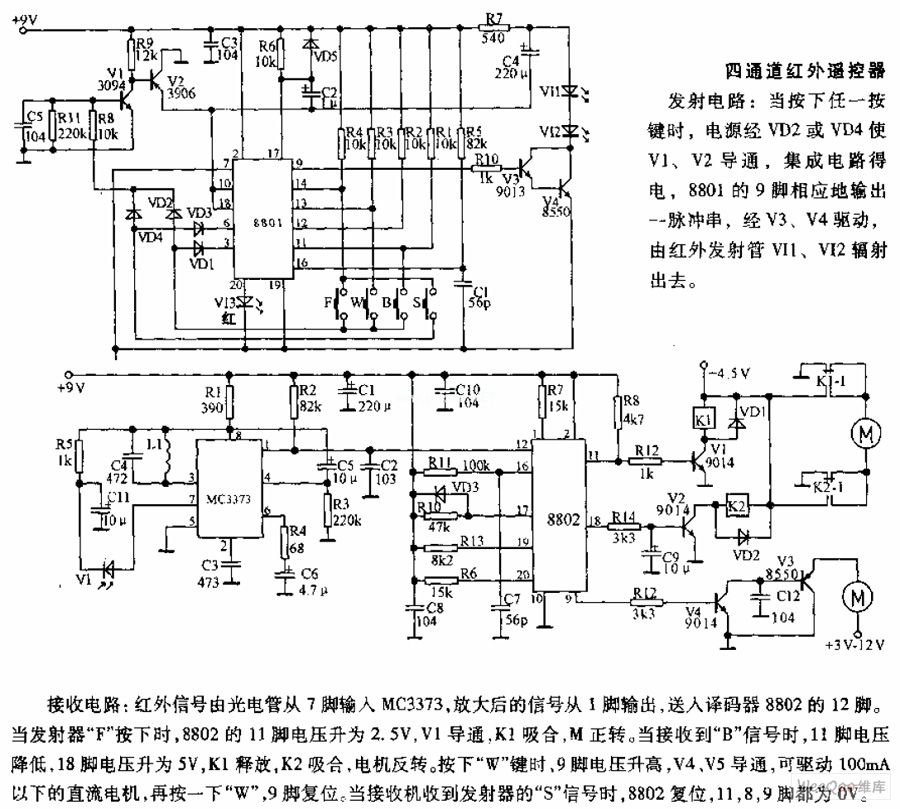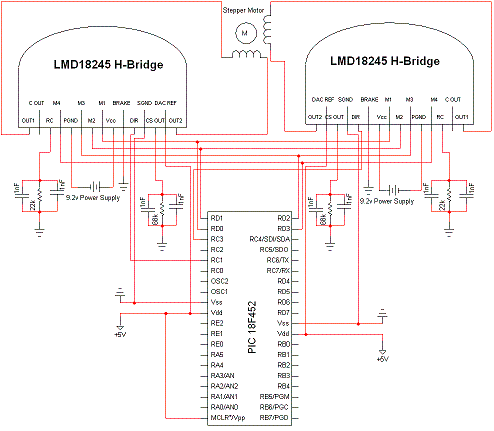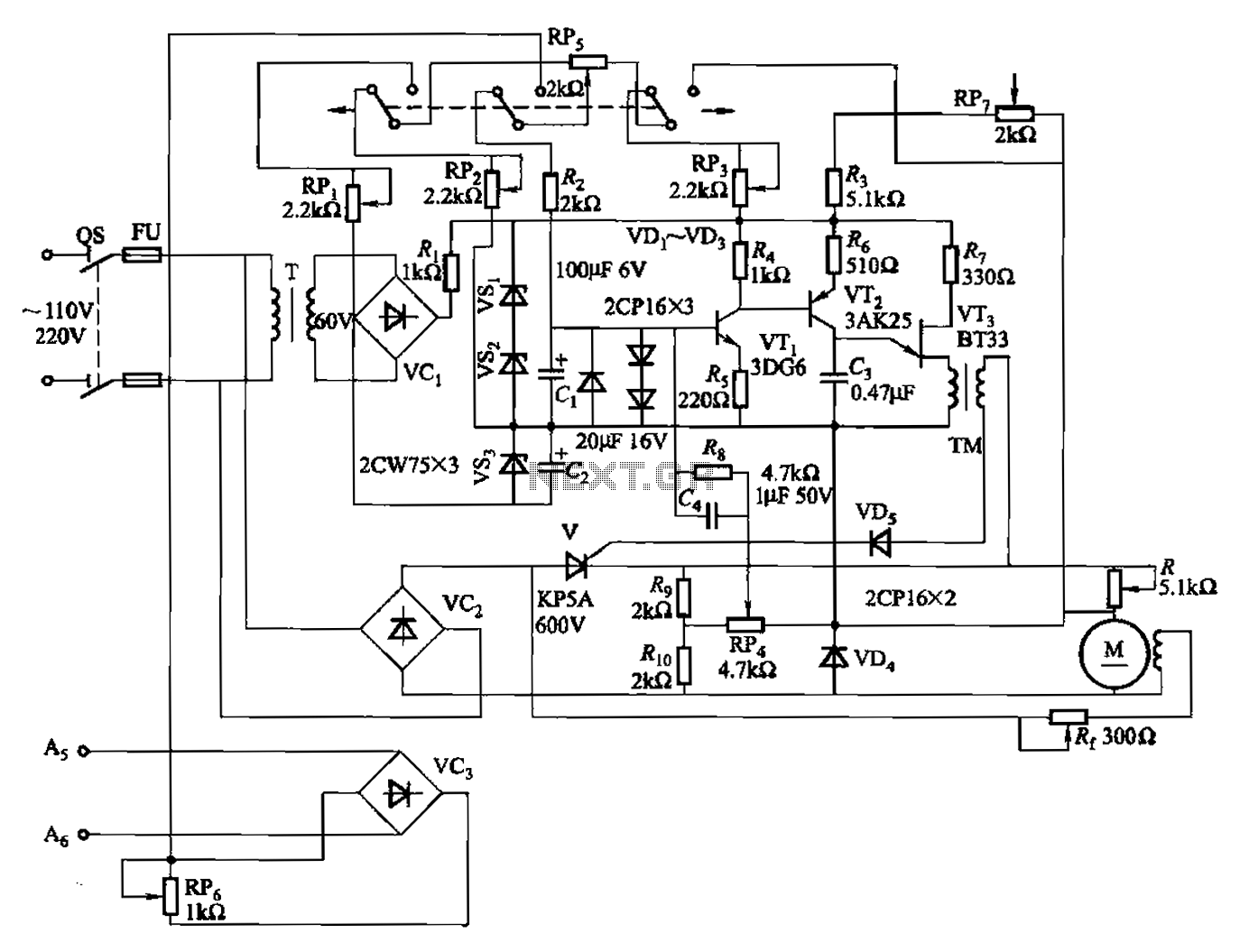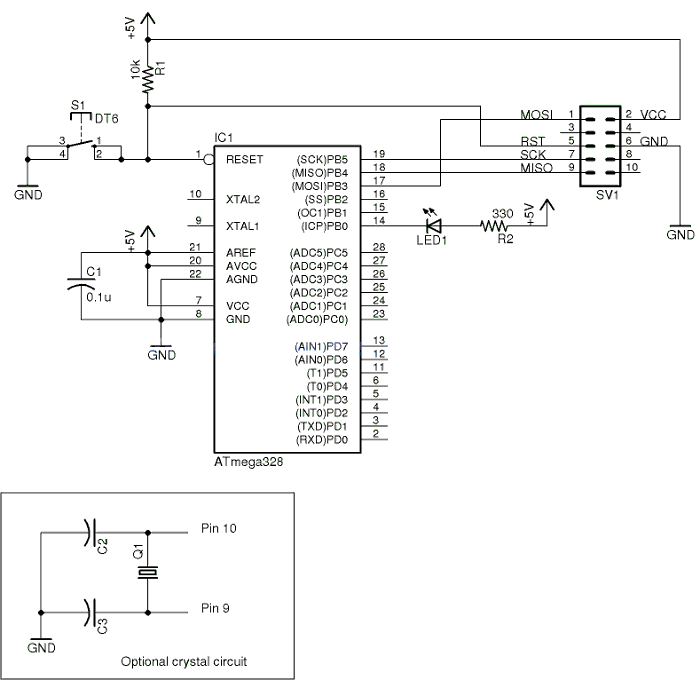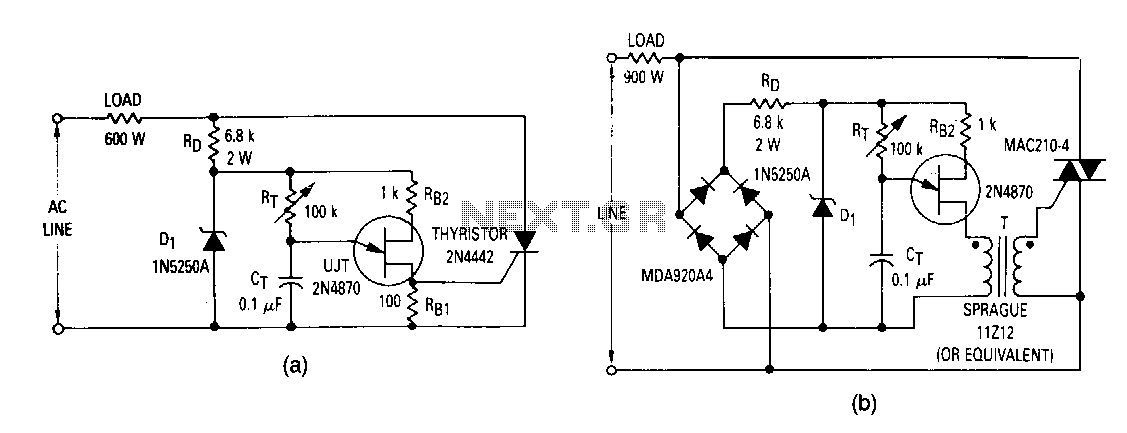
Tone Control
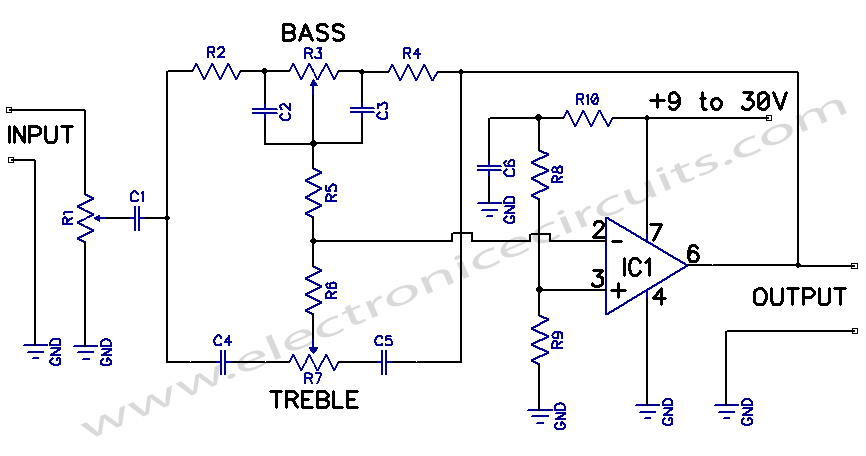
A preamplifier circuit featuring independent Bass and Treble tone controls is illustrated in this schematic.
This circuit design utilizes operational amplifiers (op-amps) to achieve independent control over the bass and treble frequencies, allowing for enhanced audio customization. The preamplifier stage amplifies the audio signal before it is processed by the tone control section.
The bass control typically employs a low-pass filter configuration, which allows lower frequencies to pass through while attenuating higher frequencies. This is achieved by using capacitors and resistors in a feedback loop with the op-amp, where the cutoff frequency can be adjusted to the desired level.
Conversely, the treble control is implemented using a high-pass filter arrangement, permitting higher frequencies to pass while reducing the amplitude of lower frequencies. Similar to the bass control, this section also utilizes capacitors and resistors, with the op-amp configured to allow for fine-tuning of the treble response.
The output from both tone control sections can be mixed and fed into the output stage of the preamplifier, which may include additional amplification or buffering to drive the next stage in the audio signal chain. Power supply decoupling capacitors are also recommended to ensure stable operation and to minimize noise in the audio signal.
Overall, this preamplifier circuit with independent Bass and Treble controls is ideal for applications requiring customizable audio output, such as in home audio systems, musical instruments, or professional audio equipment. Proper layout and component selection are crucial for achieving optimal performance and minimizing distortion in the final output.Bass Treble Tone Control Circuit A preamplifier circuit providing independent Bass and Treble tone controls is shown in this circuit. The.. 🔗 External reference
This circuit design utilizes operational amplifiers (op-amps) to achieve independent control over the bass and treble frequencies, allowing for enhanced audio customization. The preamplifier stage amplifies the audio signal before it is processed by the tone control section.
The bass control typically employs a low-pass filter configuration, which allows lower frequencies to pass through while attenuating higher frequencies. This is achieved by using capacitors and resistors in a feedback loop with the op-amp, where the cutoff frequency can be adjusted to the desired level.
Conversely, the treble control is implemented using a high-pass filter arrangement, permitting higher frequencies to pass while reducing the amplitude of lower frequencies. Similar to the bass control, this section also utilizes capacitors and resistors, with the op-amp configured to allow for fine-tuning of the treble response.
The output from both tone control sections can be mixed and fed into the output stage of the preamplifier, which may include additional amplification or buffering to drive the next stage in the audio signal chain. Power supply decoupling capacitors are also recommended to ensure stable operation and to minimize noise in the audio signal.
Overall, this preamplifier circuit with independent Bass and Treble controls is ideal for applications requiring customizable audio output, such as in home audio systems, musical instruments, or professional audio equipment. Proper layout and component selection are crucial for achieving optimal performance and minimizing distortion in the final output.Bass Treble Tone Control Circuit A preamplifier circuit providing independent Bass and Treble tone controls is shown in this circuit. The.. 🔗 External reference
